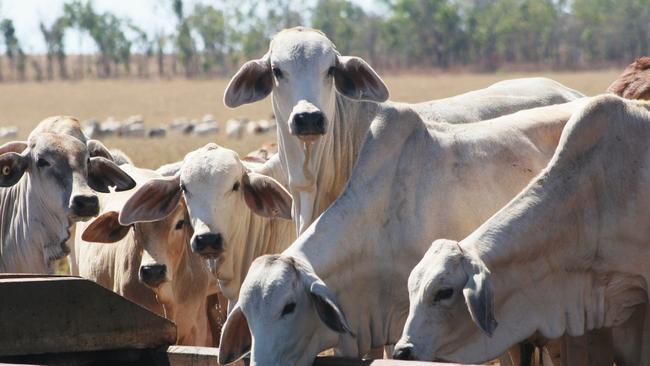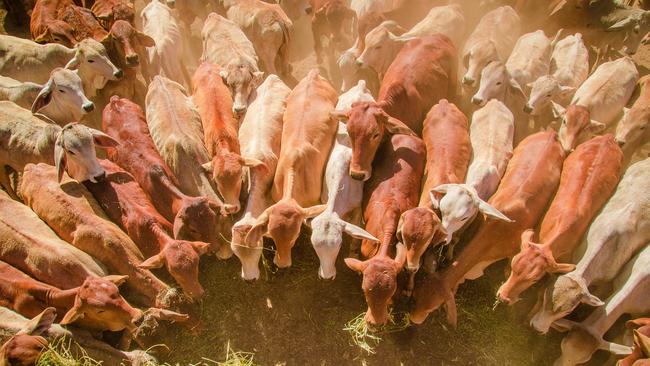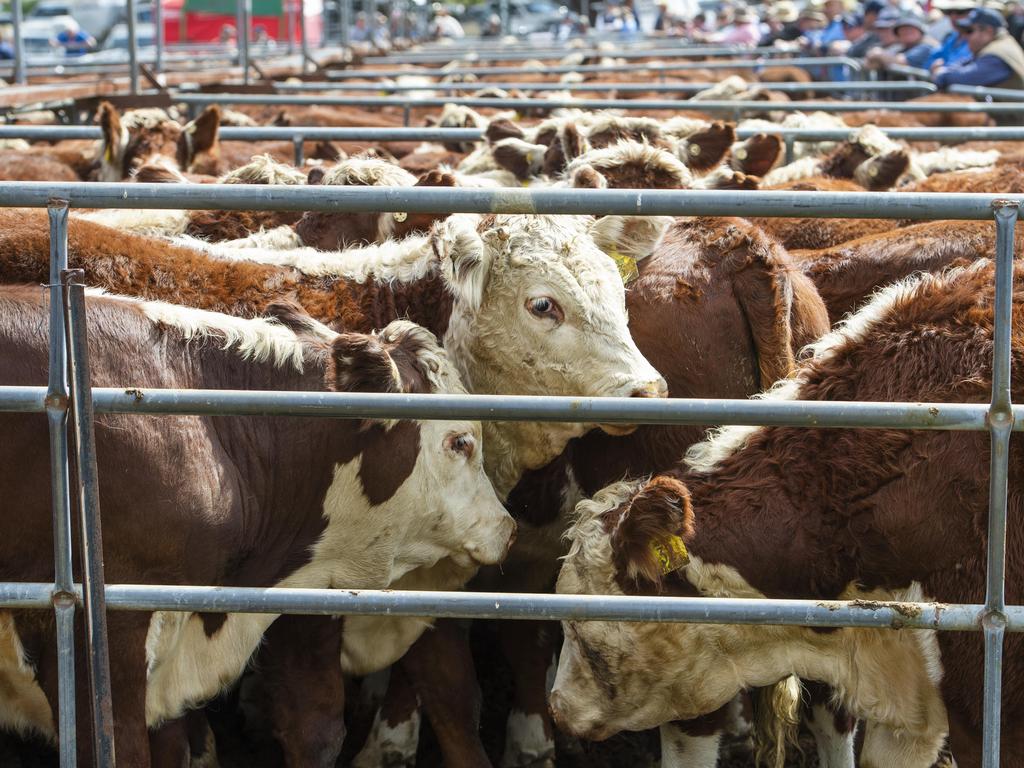Holding cattle back alters market
Too many cattle were held back last year, which is now a factor in the current price meltdown as supply edges ahead of demand.
Too many cattle were held back last year, which has become a factor in the current price meltdown as supply edged ahead of demand.
It shows up in an analysis of the STR or stock turn-off ratio.
The estimated STR for 2022 is expected to come in at a low 24 per cent, according to Meat and Livestock Australia, which detailed the data in its latest beef forecast document which was released yesterday (Tuesday).
The STR looks at the number of cattle processed or sold to live export compared to overall herd size in a given year.
Historically the STR trend line sits at around 30 per cent, meaning this percentage of the total herd is sold off, although the figure does fluctuate. For example, in the drought year of 2015, the STR reached nearly 40 per cent as producers were forced to cull heavily.
But in records dating back more than 25 years, never has the STR dropped as low as it did last year.

“Based on last year’s estimates (with slaughter figures still to be finalised), the STR will reach its lowest point on record at 24 per cent due to historically low live exports and slaughter volumes, well below the long-term average of 31 per cent,’’ MLA said.
“This retention of animals on-farm justifies the expected improvement in cattle supply in 2023, and therefore the impacts this will have on prices.’’
At the heart of the carry-over of cattle is NSW, with floods across large areas disrupting the usual sell-off that would have occurred late last year.
The rapid fall in cattle prices so far this year has been well documented.
Looking forward, 2023 is going to be a year all about numbers.
Numbers in the form of rainfall totals with predictions of a dry El Nino season.
Numbers in the form of processing capacity and the ability of meat works to find enough skilled labour to handle the extra pool of cattle that is out there.
MLA is forecasting that Australia’s cattle herd will reach 28.8 million this year, marking an increase of 4.5 per cent or 1.1 million on 2022 levels.

It will be the largest herd since 2014.
But there are also other numbers at play which will shape beef prices.
While Australia has rebuilt its herd, the United States is staring down one of its smallest beef cow inventories in more than half a century.
Official figures will be released later this week, but creditable US analyst Len Steiner tips the American breeding herd has declined again by another 1.26 million cattle last year as producers struggled against ongoing drought.
“We put the US beef cow herd at the start of 2023 at 28.86 million head, down 1.265 million from just a year ago and down 2.83 million from four years ago,’’ Mr Steiner said.
“This would be the lowest beef cow herd in America since 1960.’’
So there are going to be lots of figures in play, with lower production out of the US in coming months potentially helping global beef prices. It could help cushion the impact of a dry year in Australia and a bigger kill.




